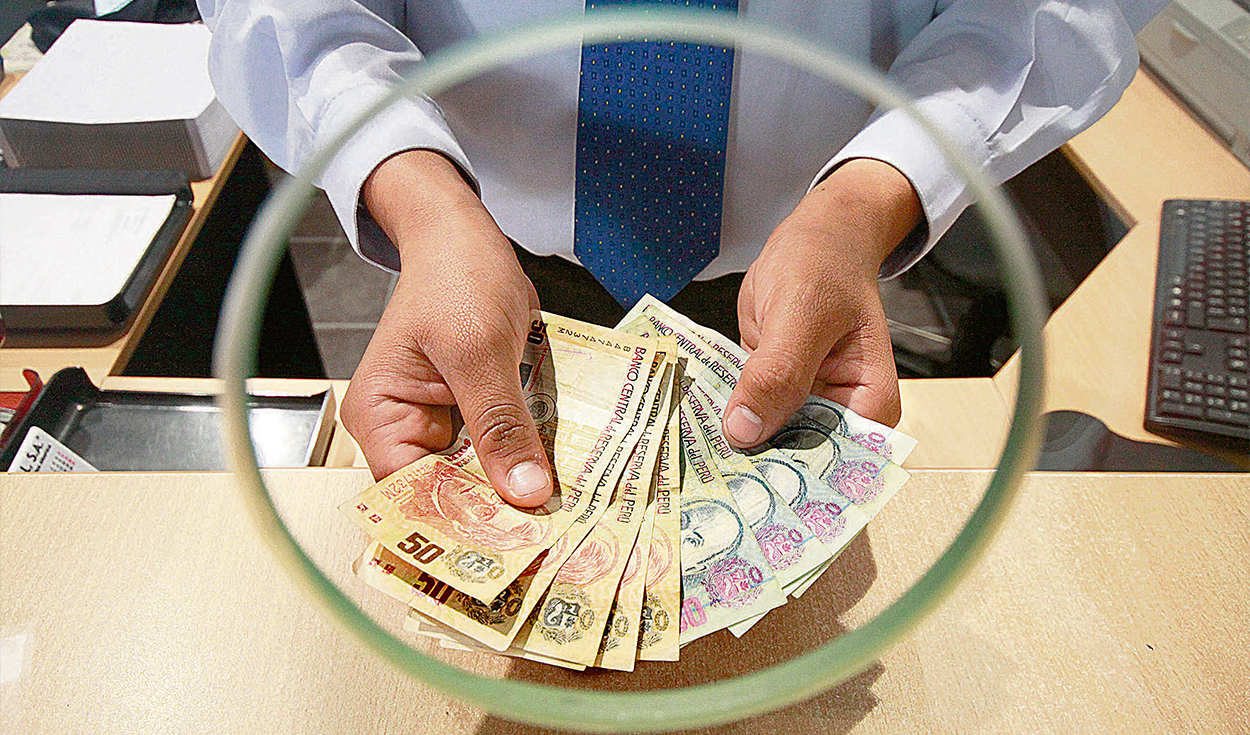
Workers are the ones who generate wealth for a company, and within their rights is the annual distribution of profits, which responds to a percentage of the profits deducting investments and taxes, and which supports the Political constitution.
1. What companies are required to make profits?
All those in the private regime that, due to their activities, generate third-category income and have more than 20 workers, according to the ESAN professor Arturo Garcia. The applicable percentage varies according to the type of company and sector in which they operate (see table).
To determine the activity carried out by the companies that will distribute it, the International Uniform Industrial ClassificationRevision 3, unless expressly stated by law to the contrary.
2. Which ones are exempt from distributing it?
Although profit sharing is carried out in order to identify workers with the company, and seeks to increase productivity with an effort in partnership with employers, not everyone is empowered to distribute this incentive.
Cooperatives, self-managed companies, civil societies and those that do not exceed 20 workers are excluded from the payment. In good faith, microenterprises are not obliged to comply with the payment of profits, adds García. Public sector institutions, non-profit organizations and cooperatives also fall into the exempt category.
Furthermore, the academic indicates that, logically, if a company does not close the year with profits, it will have nothing to distribute.
In the event that a company develops more than one productive activity, the main activity that generated the highest gross income will be considered, according to Sunafil.
3. How is the profit distribution calculated?
Sunafil explains that the profits for the worker are determined according to two criteria: 50% based on the days worked by the person and 50% in proportion to each person’s remuneration.
The Government points out that a part of the profits is estimated based on the days worked and an average value generated one day is taken.
For example, if the work day generates S/3.00 and you worked 180 days, it is multiplied and this section produces S/540.
Then there is the calculation by income as a worker. The money to be distributed is divided by the sum of the workers’ salaries. The result is multiplied by everything one earned in the year. Example: if the division yields 0.02 cents and you won S/27,000, they are multiplied and the product is also equivalent to S/540.
Both amounts obtained are added and yield a profit to be distributed of S/1,080 for the employee.
4. Who is responsible for payment?
Everyone who is in spreadsheet in a private company, and as said, that generates third-class income and exceeds 20 employees.
Worked days will be considered not only those where the ordinary working day was completed, but also the days of prenatal and postnatal rest (women). Absences must be considered as attendance as long as they respond to mandates. legal —such as union leave, null dismissal in case of replacement or breastfeeding, among others. Former workers also receive it according to the aforementioned formulas.
García points out that a worker can ask his company how it calculated the profit.
5. What happens if my employer does not deposit it?
García recalls that Sunafil, if it verifies that it fails to provide profits to its worker, acts ex officio to sanction it. Depending on the severity and size of the company, the fine ranges from S/1,138 to S/260,023.
It is worth noting that profits are paid within a maximum period of 30 days after the company submits the annual Income Tax return. A schedule will be generated according to the R.U.C. of the company usually ends in mid-May.
Source: Larepublica
Alia is a professional author and journalist, working at 247 news agency. She writes on various topics from economy news to general interest pieces, providing readers with relevant and informative content. With years of experience, she brings a unique perspective and in-depth analysis to her work.












